Have good foraging spots but forget where they are from year to year? See something promising by the side of the road and want to check it out later? Google Maps is the answer!
I don’t have a handheld device with GPS (I’m too old to be learning new tricks), but this works perfectly. I just make a note of where my spots are and put them on Google Maps, then look it up when it’s foraging time. You can add notes to your locations, you can access it from anything with internet access, and it’s free.
You’re allowed 3 layers with the free version, and I use them for Spring, Summer, and Fall foraging spots (depending on whether I’m marking items such as wild asparagus, black raspberries, or acorns). You can even color-code the pins to make it easier to visualize. There’s a description field where you can add notes like the location (one of my wild asparagus spots is 1 block south of the intersection of 240th St. and County Road 6, E side of road), what time of year they can be found, and how good the harvest is (some of my asparagus spots produce enough spears for a meal in themselves, others just have a few straggly ones). If it’s on private property, make a note of whether or not you have permission and who you talked to in order to get permission to harvest there.
You can make it as complex or simple as you like. I don’t usually include things like dandelion or violet fields, because they’re everywhere. Rhubarb is in town and is always “ask first”. Morels, on the other hand, are definitely something you want to mark down (make your map private if you do this — grin!). I include both spots where I have found them and where I think they’ll be found. Being able to do this is a great help, because in the spring I can see apple trees blooming (white flowers), so I’ll know where to harvest in the fall, and in the fall I can spot the asparagus “trees” so I’ll know where to look in the spring.
The best part is, it’s completely customizable — only include what you want. Here’s what’s on my current lists:
Spring Foraging:
- Wild asparagus
- Morel mushrooms
Summer Foraging:
- Black Raspberries
- Mulberries
- Gooseberries
Fall Foraging:
- Apples (including whether they’re early, tart, good for sauce, etc)
- Crabapples
- Walnuts
- Acorn trees
- Elderberries
And so on. These are all of the ones we currently use, but I can always add more. In fact, I have locations marked for wild grapes and pin cherries, even though we don’t currently harvest them. But when we do, I know where to look!
***
This article originally appeared at Examiner.com
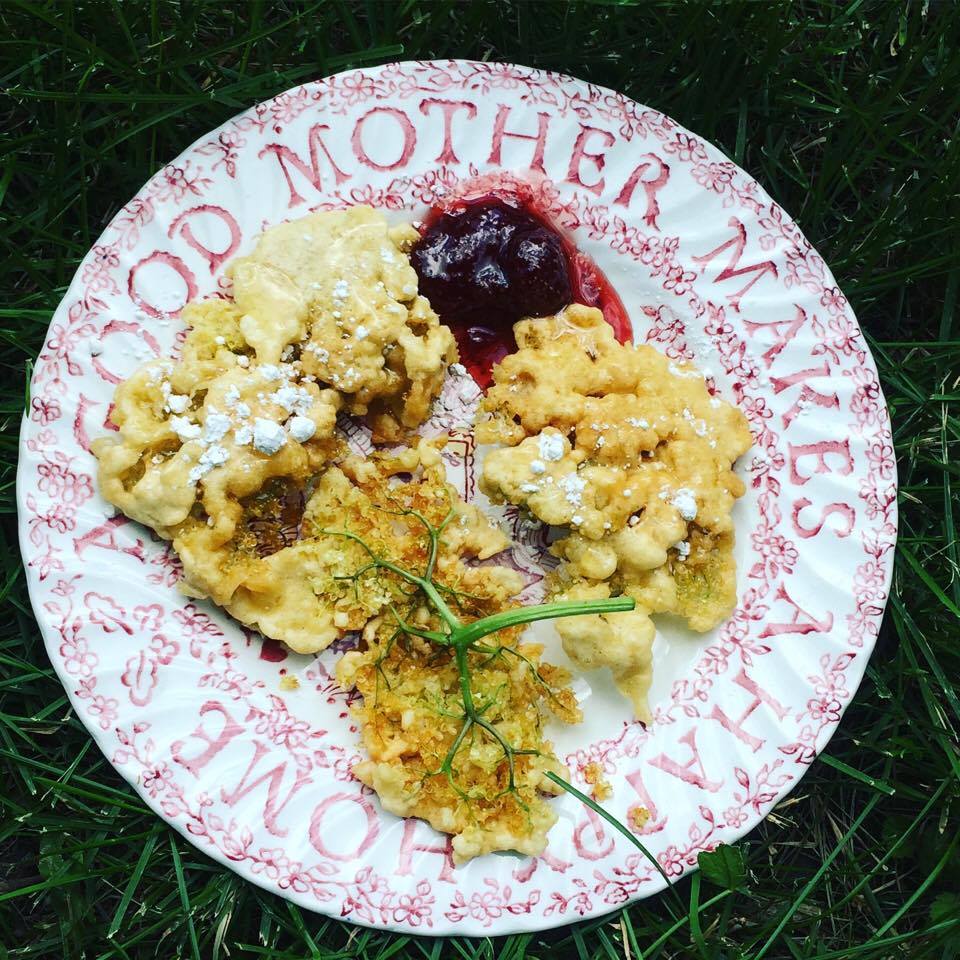
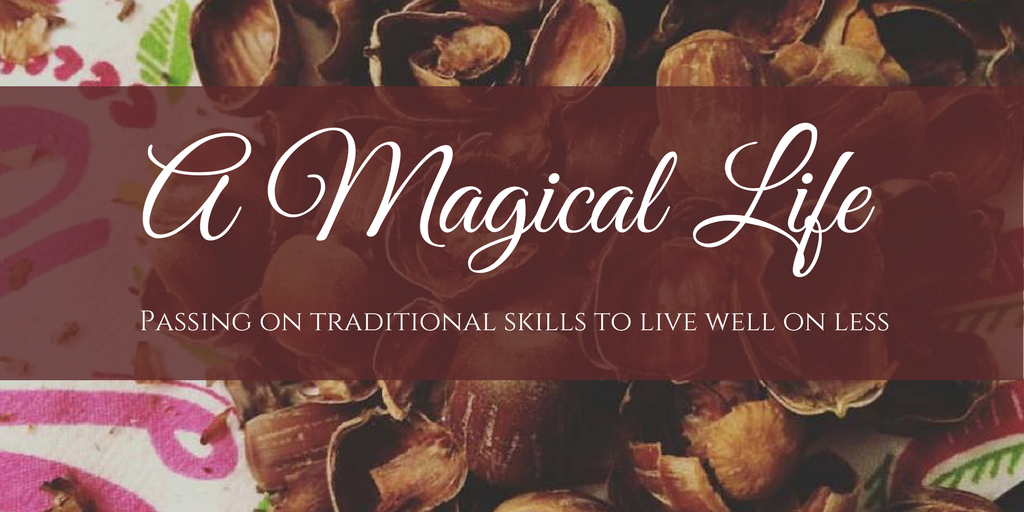


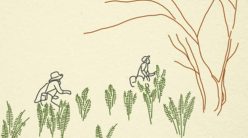
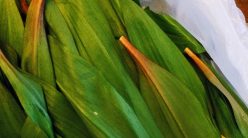
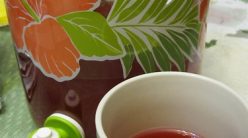
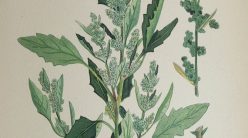
7 thoughts on “Use Google Maps to mark your foraging spots”
It’s time to find elderberries | victoryhomesteading
(September 7, 2015 - 6:11 pm)[…] and log it (being sure to include any landmarks), use a foraging app, or use Google maps (see: Using Google maps to mark your foraging spots to see how I do […]
Finding next year’s asparagus | victoryhomesteading
(September 8, 2015 - 5:19 pm)[…] be surprised at how widespread it is. Be sure to mark the location down with a foraging app or use Google maps, or find some other way to mark it. And next spring, bring a paring knife and a bucket, and check […]
Feral foraging: not-quite-wild fruit | victoryhomesteading
(September 8, 2015 - 7:00 pm)[…] trees on them and want to check on the ownership for later foraging, use a foraging app or use Google maps. If there is a property number by the property, that and the road will frequently give you a hit on […]
The wily wild plum | victoryhomesteading
(September 8, 2015 - 11:01 pm)[…] that’s all that were left. Now that I know where the tree is, though, it’s going on my foraging map for next year and I’ll be sure to check it sooner, along with my yellow plum tree at another […]
Looking out for asparagus | A Magical Life
(September 9, 2015 - 5:09 pm)[…] option is to use technology — mark it using a foraging app, use Google maps, or find your own way of keeping track of it. In the spring, it will be worth […]
Now Is the Time to Easily Find Elderberry Shrubs! - A Magical Life
(February 9, 2020 - 9:15 pm)[…] You can mark down the spot of the elders so you can come back and harvest the berries later. Start watching the shrubs about a month after they flower and wait for the berries to develop to a deep dark purple-black. You can use a physical map, jot down the location, tie a colorful ribbon around the shrubs (this works well on your own property but will obviously alert others in public places), use foraging apps or even use google maps. […]
Your Complete Foraging Gear Kit: What To Pack - cityharvesting.com
(May 7, 2025 - 6:47 am)[…] using Google Maps to mark and organize your favorite foraging locations with custom notes for each […]